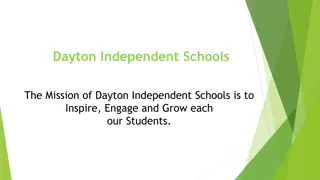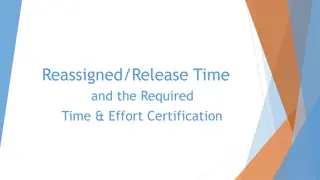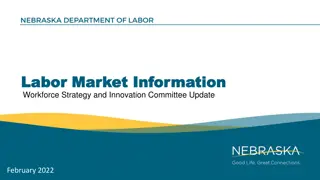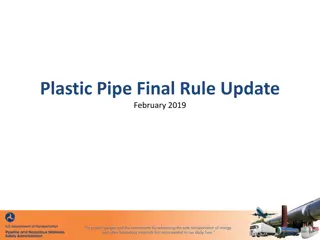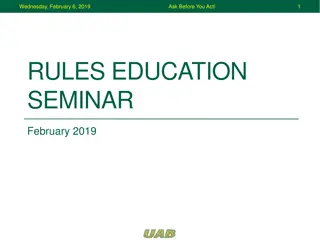
Enhancing Postsecondary Education Through Performance Funding Models
Explore how performance-based funding models are used in 35 states to incentivize institutions to improve outcomes like degree completion and how they drive changes in academic and student services policies. Discover the future of performance funding metrics and the need to strengthen access and completion pipelines in postsecondary education.
Download Presentation

Please find below an Image/Link to download the presentation.
The content on the website is provided AS IS for your information and personal use only. It may not be sold, licensed, or shared on other websites without obtaining consent from the author. If you encounter any issues during the download, it is possible that the publisher has removed the file from their server.
You are allowed to download the files provided on this website for personal or commercial use, subject to the condition that they are used lawfully. All files are the property of their respective owners.
The content on the website is provided AS IS for your information and personal use only. It may not be sold, licensed, or shared on other websites without obtaining consent from the author.
E N D
Presentation Transcript
Landscape of Performance Funding Landscape of Performance Funding Currently, 35 states use performance-based funding models to connect state appropriations to student outcomes Goals of these various models has been to incentivize institutions to improve outcomes, most notably degree or certificate completion Has been found to lead institutions towards changes in academic and student services policies, practices, and program in hopes of improving outcomes
Model Rewards Growth in Outcomes Model Rewards Growth in Outcomes
Future of Performance Future of Performance of Funding Metrics Metrics of Funding Postsecondary Education Working Group proposed that model be reviewed every three years. AY 2020-2021 will the be third year of full model utilization. Continue to examine aspects of the model to ensure it still allows KY to be competitive in light of national trends Consider the funding levels necessary to increase access to postsecondary education and facilitate degree completion for increasing segments of KY s population (First generation, adults, working students, URM, low income, etc.)
Access and Completion: The Need to Access and Completion: The Need to Strengthen the Pipeline to Graduation Strengthen the Pipeline to Graduation For Every 100 Ninth Graders Still Graduate within 150% of timeframe Graduate from High School Enrolled Sophomore Year Enter College State Kentucky 100 75 47 31 19 Ohio 100 75 46 32 22 Indiana 100 74 49 35 24 Tennessee 100 76 47 31 20 National 100 74 46 31 21 Source: National Center for Higher Education Management Systems





